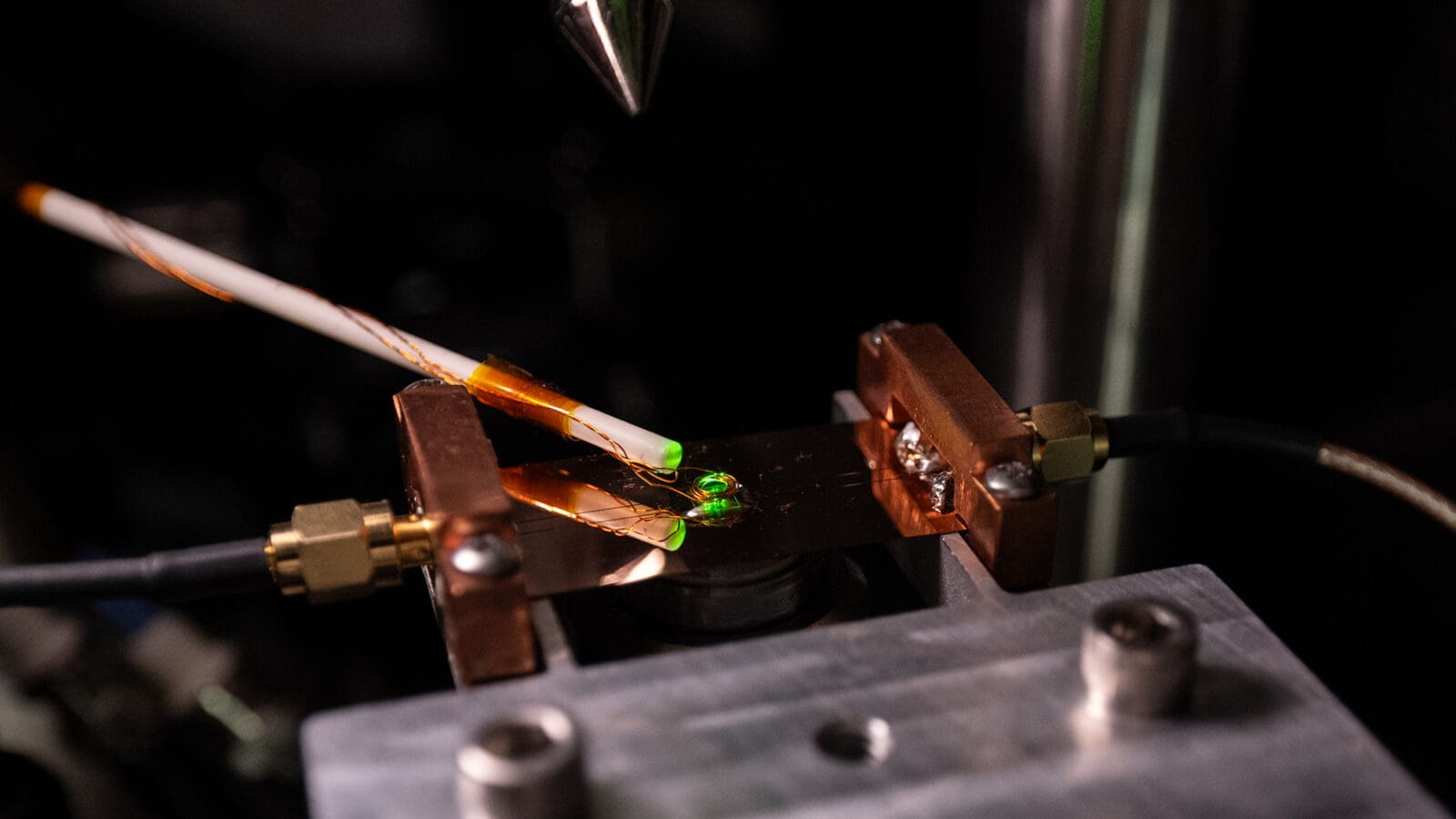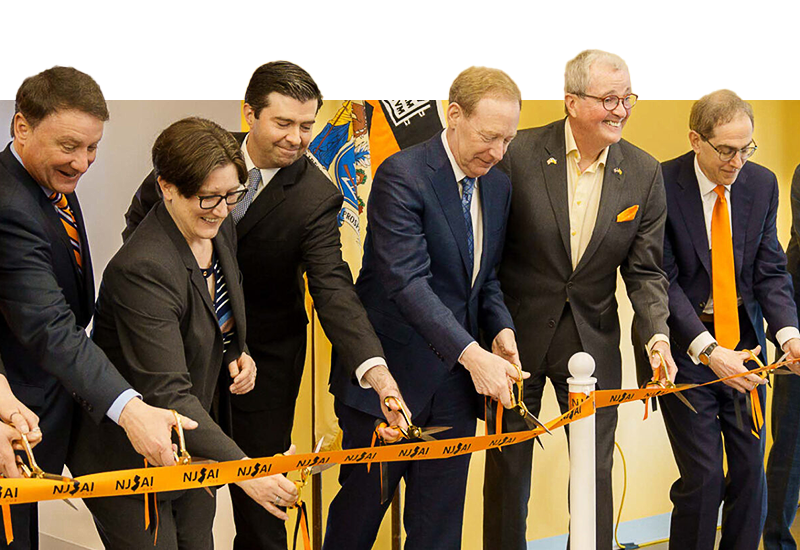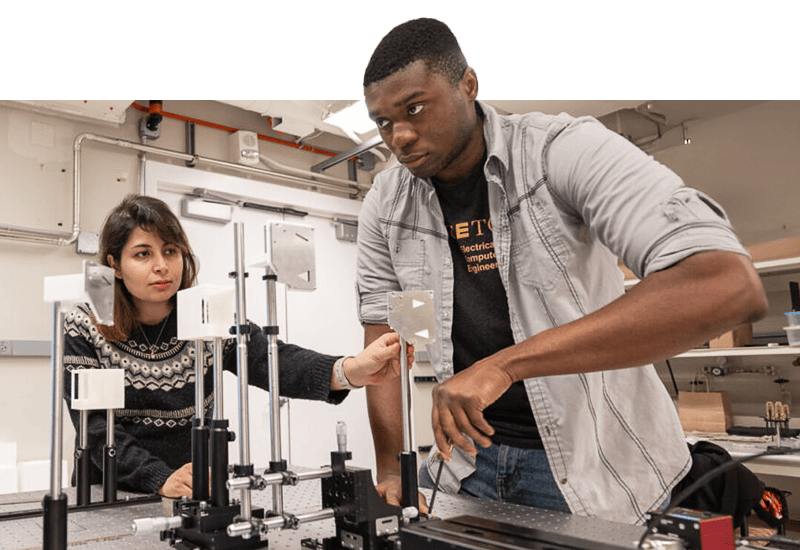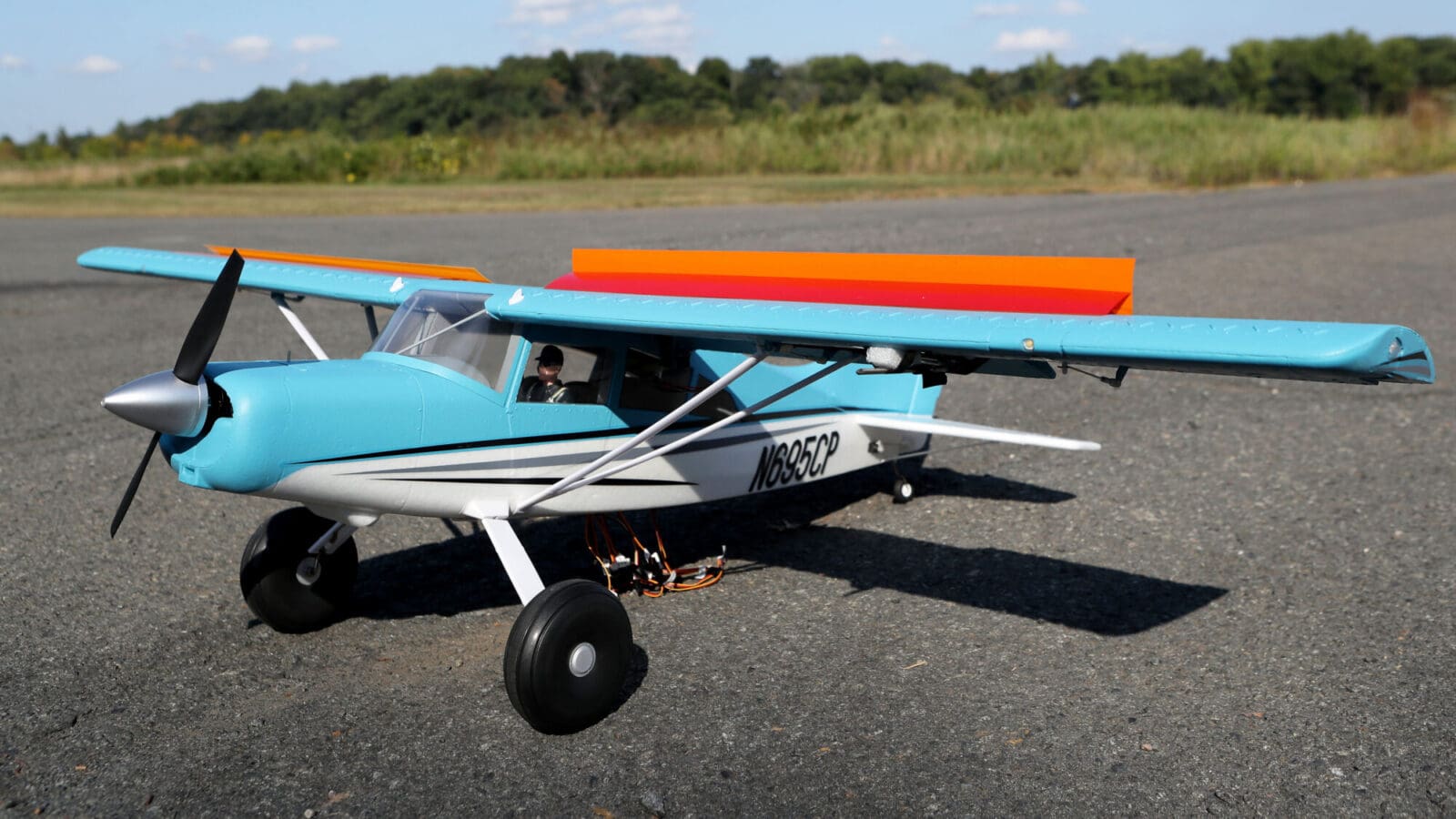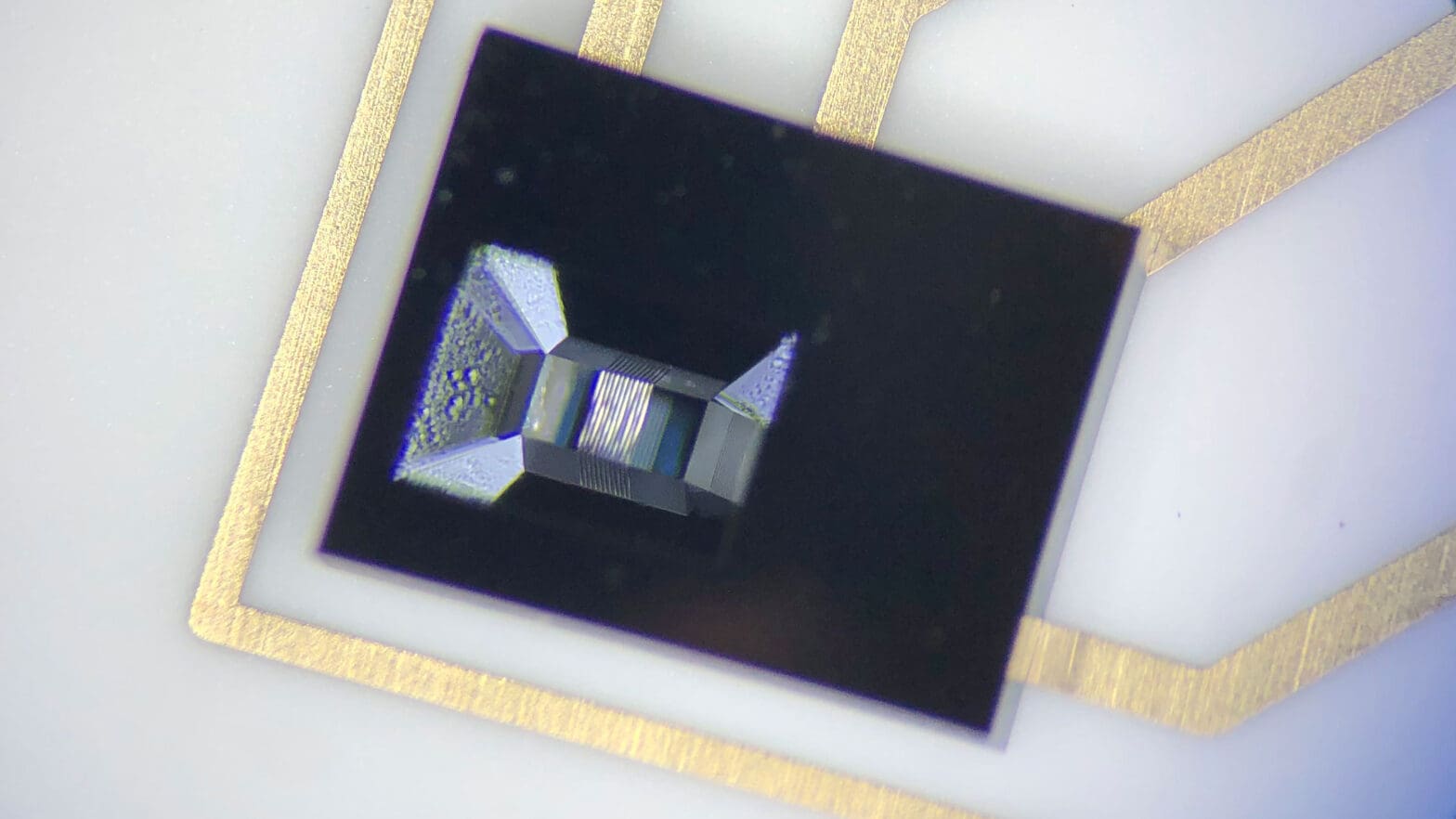
Accurate, inexpensive sensor offers industry a new way to measure flow
By
on
Marcus Hultmark and three Ph.D. students in his lab were testing a high-resolution temperature sensor in water, which they had previously developed and used successfully for measurements in air. While taking the measurements, Clayton Byers discovered that the sensor was delivering opposite results: warm registered as cold and vice versa. Along with Hultmark, graduate students Byers, Matt Fu, and Yuyang Fan began analyzing what was really going on. Disappointment led to discovery as the team realized they were measuring fluid velocity, which is typically more difficult to measure than temperature and also has a significant commercial potential.
It turned out that the novel sensor can determine the flow velocity in a way different from all available sensors. The team spent more than a year deciphering the mechanics of what they dubbed elastic filament velocimetry (EFV), a now patented technology, and the foursome started a company to develop the technology into a more widely available product. The sensors are extremely sensitive to small flow rates, and their simplicity makes the manufacturing very scalable and cost-efficient. Both attributes will allow for large-scale commercial and industrial applications including chemical manufacturing, refining, and pharmaceutical manufacturing and delivery. The research team is also working to adapt the technology for further uses such as administering medicine to patients in syringe-like devices when dosage control is critical.

Marcus Hultmark
Photo by Frank Wojciechowski
“The best part was the teamwork aspect of it,” said Hultmark, associate professor in the Department of Mechanical and Aerospace Engineering. “This is a great example of a fundamental research project leading to an unexpected discovery. It was not planned for, it just happened, and we really work out the science of it, patented it, and started a company.”
To measure flow, EFV uses nanoscale ribbons, which are ultra-fine filaments that span across two anchoring points like a suspension bridge. The team initially worked with material that was 300 micrometers long, 2 to 3 micrometers wide, and 100 nanometers thick (so if 1,000 of these nanoribbons were stacked on top of each other, it would be the same height as a strand of hair). When a flowing fluid hits the nanoribbons, it stretches them, and the stretching changes the electrical properties of the ribbons. The researchers were able to use tiny variations in resistance to measure flow rates, detected by running a small electric current through them, and that way, accurately determine the flow rates.
Hultmark said the eureka moment came when the researchers realized that, due to the nanoscale dimensions, the nanoribbon “does not act as a bending beam, but instead as a stretching ribbon, more like a rubber band.”
“That makes a significant difference in how it measures the forces, especially at the very lowest flow rates,” Hultmark said.
Princeton has filed a portfolio of patents related to this technology. The lead patent, which names as inventors Hultmark, Byers, Fan and Fu, was granted in full and issued in the United States in January 2020 and more recently in China, and is pending in Europe and India.
“Typically it’s very challenging to get a patent for nanotechnology, because you can’t take something that works on a large scale and just make it smaller. You will not get a patent for it,” Hultmark said. “But here, you have something that wouldn’t work on a larger scale and only when you miniaturize it, that’s when these phenomena occur. That is what we are exploiting in the patent.”
An upside of the technology is it can be used at very low flow rates and for any fluid. “You can put it in honey, in water, in air, and the same sensor does a very good job in all of them. On top of that, because of the mechanical behavior, you can tailor it very well to whatever application you have,” said Hultmark.
The EFV sensor’s small, lightweight sensing element will cost a fraction of a dollar, making it orders of magnitude less expensive than current technologies for low flow rates with price tags up to $10,000, according to Hultmark.
“All of that together makes a very attractive sensor for the modern world where you want to have lots of sensors,” said Hultmark. “We knew that this was a cool technology, but at that point we had no idea who would benefit the most from it, who really needed it.”
Tendo Technologies
In summer 2018, Hultmark’s team participated in the National Science Foundation I-Corps program and the eLab Summer Accelerator at the Keller Center for Innovation in Engineering Education. Stephen Snyder, executive in residence at the University’s Office of Technology Licensing, put the I-Corps program on Hultmark’s radar; Snyder also served as the team’s mentor at eLab.
The NSF funding and eLab program allowed the team to explore EFV’s product-market fit. “It allows people like us to explore the commercial potential around the technology developed in a research lab,” said Hultmark.
The team focused on industrial automation applications and end-user consumer products where many sensors would be needed, making the inexpensive sensor attractive. Possibilities include medical devices for injections in the home, or industrial automation in processes where many fluids are processed simultaneously.
The team licensed the technology from Princeton, and in 2017 spun out a company named Tendo Technologies, playing on the Latin word for “stretch.” Fan now works full time at Tendo, Byers is an assistant professor of engineering at Trinity College in Hartford, Conn., and Fu is a postdoctoral scholar research associate in aerospace at Caltech.
Princeton University was critical to the team’s success through the Faculty New Ventures Assistance Fund, the Intellectual Property Accelerator Fund, and Keller Center’s eLab Summer Accelerator. “Princeton has a lot of initiatives to make things like this happen,” said Hultmark. “They were very helpful.”
Students in Hultmark’s Fast Lab continue to work with the technology, including graduate student Katie Wu who is using the unique features of EFV as a tool to study transients in fluids. Recalling the “fun” of the EFV discovery at Fast Lab with Byers, Fan and Fu, Hultmark downplayed his role as primarily letting the students move forward with their ideas.
“One could have said, ‘No, this is wrong, we should measure temperature, go back and measure temperature,’ ” said Hultmark. “But instead we were able to discover a new mode of sensing, and the knowledge we gained also allowed us to improve the temperature sensor for temperature measurements in liquids.”
Tendo Technologies is currently renting space in Princeton Innovation Center Biolabs where the company is working with industrial collaborators to bring the EFV technology to the market.
